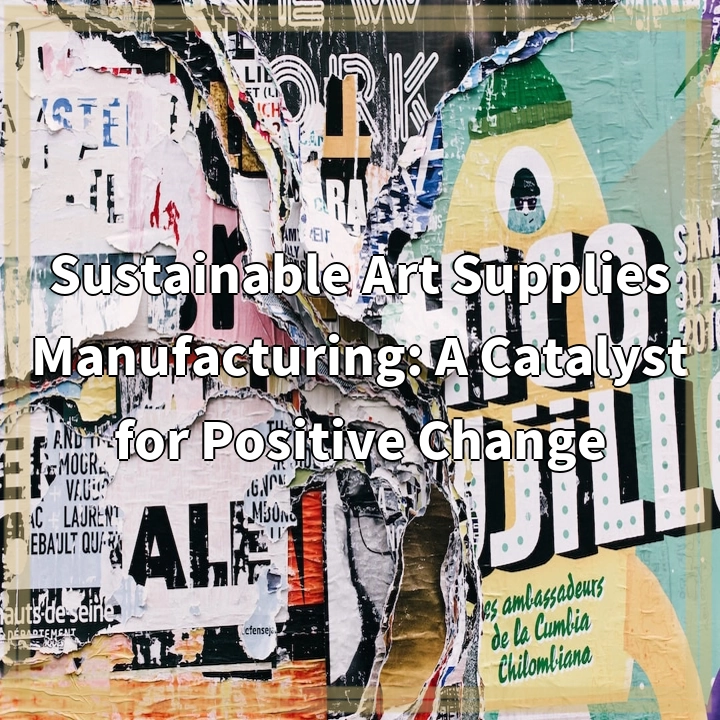
What is Sustainable Art Supplies Manufacturing?
Sustainable art supplies manufacturing refers to the production of art materials using environmentally friendly practices and materials that minimize their negative impact on the planet. It involves adopting sustainable sourcing methods, reducing resource consumption, and promoting ethical and socially responsible approaches throughout the manufacturing process.
Real-World Problems Associated with Sustainable Art Supplies Manufacturing
1. Chemical Contamination
Traditional art supplies often contain toxic chemicals, such as heavy metals, solvents, and volatile organic compounds (VOCs), which can be harmful to artists’ health and the environment. Sustainable art supplies manufacturing aims to address this problem by developing alternatives that are non-toxic and less harmful.
2. Waste Generation
Art supply manufacturing can generate a significant amount of waste, including packaging materials, plastic film, and discarded materials from the production process. Sustainable practices focus on finding ways to minimize waste generation, such as implementing recycling programs, using eco-friendly packaging materials, and adopting circular economy principles.
3. Unsustainable Sourcing
Many art supplies are made from materials that are sourced unsustainably, leading to habitat destruction, deforestation, and depletion of natural resources. Sustainable art supplies manufacturing aims to promote responsible sourcing, such as using recycled materials, supporting fair trade practices, and sourcing from renewable sources.
4. Lack of Transparency
In the art supply industry, there is often a lack of transparency regarding the manufacturing processes and the environmental and social impacts associated with different products. Sustainable art supplies manufacturing advocates for increased transparency, including clear labeling and certification systems that help consumers make informed choices.
5. Limited Access and Affordability
One of the challenges in promoting sustainable art supplies manufacturing is making these products accessible and affordable for artists of all backgrounds. The production costs of sustainable materials can be higher, making them less accessible to artists with limited financial resources. Addressing this issue involves finding ways to scale up production and improve distribution channels to make sustainable art supplies more widely available and affordable.

Solutions for Sustainable Art Supplies Manufacturing
1. Development of Non-Toxic Alternatives
Manufacturers can invest in research and development to create art supplies that are free from toxic chemicals, reducing potential health risks to artists and minimizing environmental contamination.
2. Waste Reduction and Recycling
Implementing waste reduction strategies, such as optimizing production processes, promoting recycling programs, and utilizing eco-friendly packaging materials, can help minimize the environmental impact of art supplies manufacturing.
3. Responsible Sourcing Practices
Promoting responsible sourcing involves using sustainable materials, supporting fair trade practices, and seeking alternatives to materials obtained through destructive or unsustainable practices.
4. Increased Transparency and Labeling
Enhancing transparency in the art supply industry can be achieved through clear labeling and certification systems that provide information about the manufacturing processes and the environmental and social impacts of different products.
5. Accessibility and Affordability
To make sustainable art supplies more accessible and affordable, measures can include scaling up production to lower costs, improving distribution channels, and exploring partnerships to offer subsidies or discounts to artists with limited financial resources.















